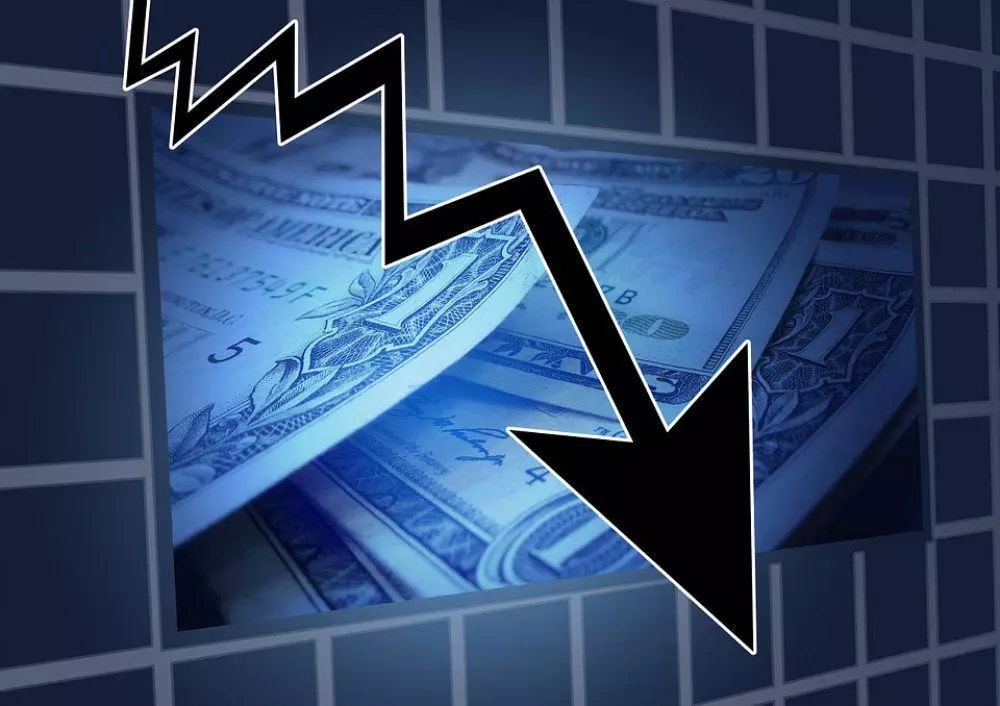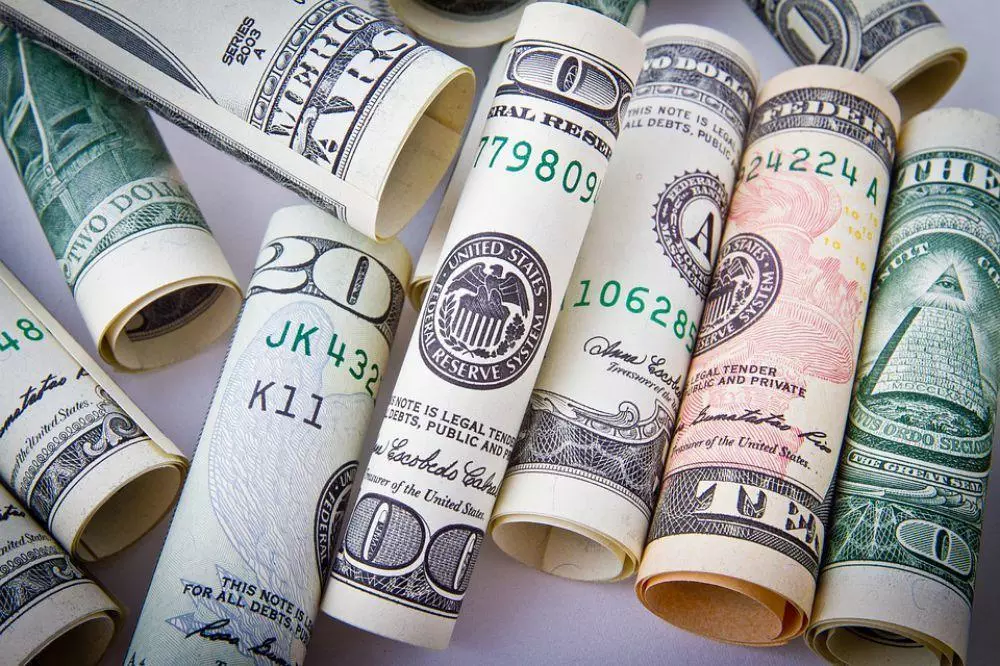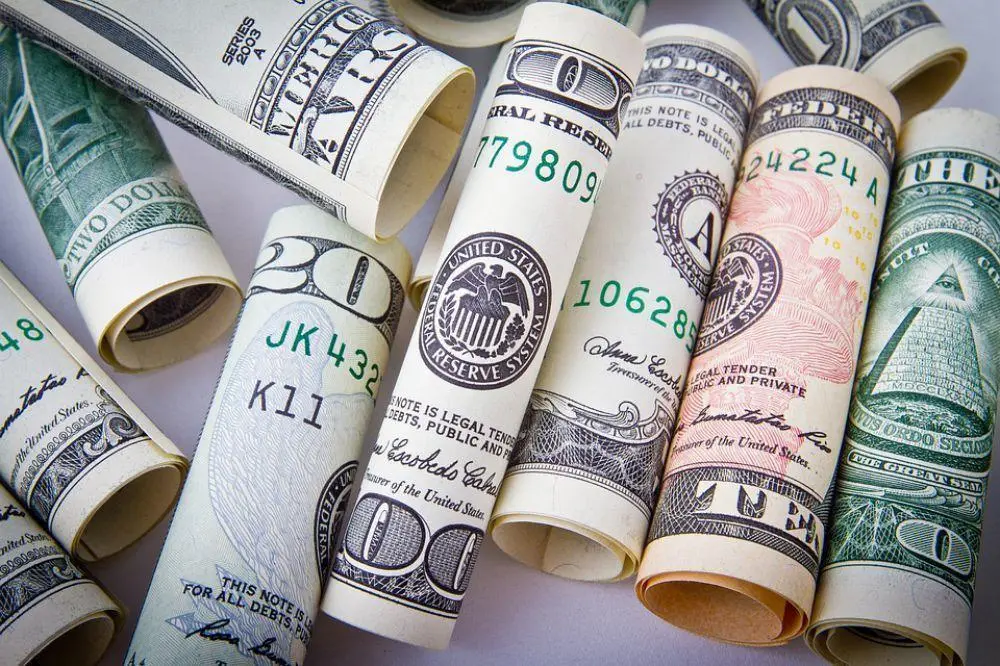Many analysts regard Aug. 9, 2007, when BNP froze three subprime mortgage deb funds, as the moment when the financial crisis truly went global.
Bear Stearns and Lehman Brothers collapsed. The global economy entered a mortgage crisis that caused panic and financial turmoil with volatile markets and lasting effects throughout several years.
The Shattered American Dream

The subprime mortgage crisis was a result of too much borrowing and flawed financial modelling, largely based on the assumption that home prices only go up. Greed and fraud also played important parts. Owning a home is part of the “American Dream”. It allows people to take pride in a property and engage with a community for the long term. However, homes are expensive, and most people need to borrow money to buy a home. In the early 2000s, that dream came into reach for a record number of people. Mortgage interest rates were low, allowing consumers to get relatively large loans with a lower monthly payment. In addition, home prices increased dramatically, so buying a home seemed like a sure bet. Lenders believed that homes make good collateral, so they were willing to lend against real estate and earn revenue while things were good.
Unfortunately, the chickens came home to roost and the mortgage crisis began to intensify in 2007. Home prices stopped going up at a breakneck speed, and prices started falling in 2006. Borrowers who bought more home than they could afford eventually stopped making mortgage payments. To make matters worse, monthly payments increased on adjustable rate mortgages as interest rates rose. Homeowners with unaffordable homes were left with few choices. They could wait for the bank to foreclose, they could renegotiate their loan in a workout program, or they could just walk away from the home and default. Of course, many also tried to increase their income and cut expenses. Some were able to bridge the gap, but others were already too far behind and facing mortgage payments that simply weren’t sustainable. Traditionally, banks could recover the amount they loaned at foreclosure. However, home values fell to such an extent that banks increasingly took hefty losses on defaulted loans. State laws and the type of loan determined whether or not lenders could try to collect any deficiency from borrowers.
Biggest Culprits: Lenders & Buyers

Lawmakers, consumers, bankers, and businesspeople scurried to reduce the effects of the mortgage crisis. It set off a dramatic chain of events and will continue to unfold for years to come. The public got to see “how the sausage is made” and was shocked to learn how leveraged the world is. The lasting effect for most consumers is that it’s more difficult to qualify for a mortgage than it was in the early-to-mid 2000s. Lenders are required to verify that borrowers have the ability to repay a loan — you generally need to show proof your income and assets. The home loan process is now more cumbersome, but hopefully, the financial system is healthier than before. Much has changed but so much has not, including the alarming statistic of U.S. credit card debt — that figure now tops a record $1.02 trillion. It’s been a wild 10 years. A lot of things have just kind of gone back. We’re seeing subprime lending ramp up again, at least in the credit card space, and banks are bending over backward to do what they can to get more customers.
Things have come a really long way since the dark days of the credit crisis, and it’s really flipped completely the other way where now it doesn’t really take great credit to get a credit card. That’s a good thing because it gives opportunities for people to have credit that they may not have been able to get before otherwise, but it’s also a little bit of a scary thing because it means that we are running up an awful lot of credit card debt. Are we seeing a new credit crisis coming, this time in the credit card space? This is definitely a case of history repeating itself, but the thing is we don’t know what the tip of the mountain is when it comes to credit card debt, because when credit card debt started to fall in 2008 in the credit crisis, credit card debt wasn’t the central problem that sent us over the edge. It was the mortgage crisis. There’s only so much credit card debt that Americans can absorb without running into some major financial issues. It’s really only a matter of time until we start to see more people struggle with late payments and bankruptcies. The Fed said the U.S. credit card debt is now at an astonishing record $1.02 trillion. Demographically it’s been really interesting with credit cards.
New Bank Regulations

For the first time in history starting in 2008, central banks took coordinated action to save the global financial system by slashing interest rates, recapitalizing lenders, buying up toxic assets and injecting liquidity into economies through government bond-purchase programs. Never before had the U.S. Federal Reserve, European Central Bank, Bank of England, Bank of Japan and others all worked together to try to ward off the threat of global recession.The list of financial regulations introduced since the crisis is long. It includes, under the 2010 Dodd-Frank law in the United States, forcing banks to hold more capital to cover potential losses, restricting speculative trading and obliging lenders to separate investment and consumer divisions to curtail their ability to use their firm's money for risky trades. The Trump's administration wants to roll back Dodd-Frank restrictions. In Europe, policymakers have attempted to make the region's financial sector more resilient by enhancing the European Central Bank's powers to supervise banks. This has included "stress testing" lenders' balance sheets against future crises and increased transparency on complex derivatives.
Michael Lever, an expert on global regulation at the Association for Financial Markets in Europe, a lobbying group, said U.S. authorities moved quicker than their European counterparts to conduct stress tests, recapitalise banks and address problems with non-performing loans. Now, he said, "the broad objective to repair the sector has been completed." There’s been a lot written about how millennials are credit averse, and it makes complete sense because they are so overwhelmed with student loan debt, trying to get their careers under them, but the truth is millennials have really embraced credit cards in some ways. You have higher-end, upscale millennials who really embrace a card like the Chase Sapphire Reserve, even though it’s a high annual fee credit card that you wouldn’t have necessarily associated with millennials. They liked it because it offered them really good value and the opportunity to cash in those points for experiences. The good news at least to this point is that people seem to be handling their business fairly well as it relates to credit cards.
A Brighter Outlook

Last week, the International Monetary Fund said that the economic outlook for France, Germany, Italy and Spain was brightening. Eurostat, the statistics agency for the 19 countries that use the euro currency, forecast annual eurozone growth to hit 2.1% this year, the fastest pace in a decade. The unemployment rate in Spain, one of the nations hardest hit by the financial crisis, recently saw joblessness fall below 4 million for the first time in eight years. We’ve seen people more comfortable in their jobs, more willing to spend, and we’ve seen that they are spending on their credit card again. Delinquencies and late payments are steadily increasing but they are still really low by historical standards, and they are also well below what we saw in the midst of the credit crisis. In the United States, stocks are trading at record levels and July's jobs report from the Labor Department showed a 16-year low unemployment rate of 4.3%. The Bank for International Settlements, which serves central banks, noted in June that the global economy's "near-term prospects were the best in a long time." That June report also identified several risk factors that could threaten these improved prospects, including a rise in inflation, weaker consumption and investment, and increased trade protectionism.
The recovery is also uneven. In Greece, which is still struggling with crushing debts, unemployment is around 25%. Brazil's economy contracted 3.6% last year and the country is stuck in its worst recession ever. According to former trader Stenfors, China has an enormous corporate debt load, and in Scandinavia, households are burdened by worrisome levels of consumer loans. Overall, it was a mix of factors and participants that precipitated the current subprime mess. Ultimately, though, human behaviour and greed drove the demand, supply, and the investor appetite for these types of loans. Hindsight is always 20/20, and it is now obvious that there was a lack of wisdom on the part of many. However, there are countless examples of markets lacking wisdom, most recently the dotcom bubble and ensuing “irrational exuberance” on the part of investors. It seems to be a fact of life that investors will always extrapolate current conditions too far into the future - good, bad or ugly.








Leave your comments
Post comment as a guest